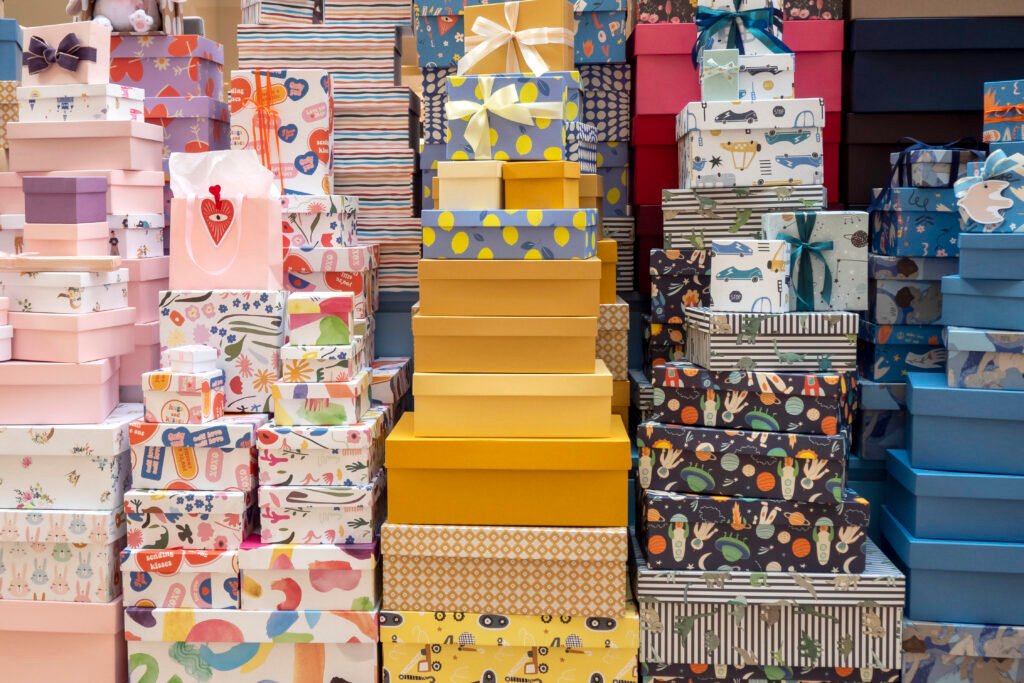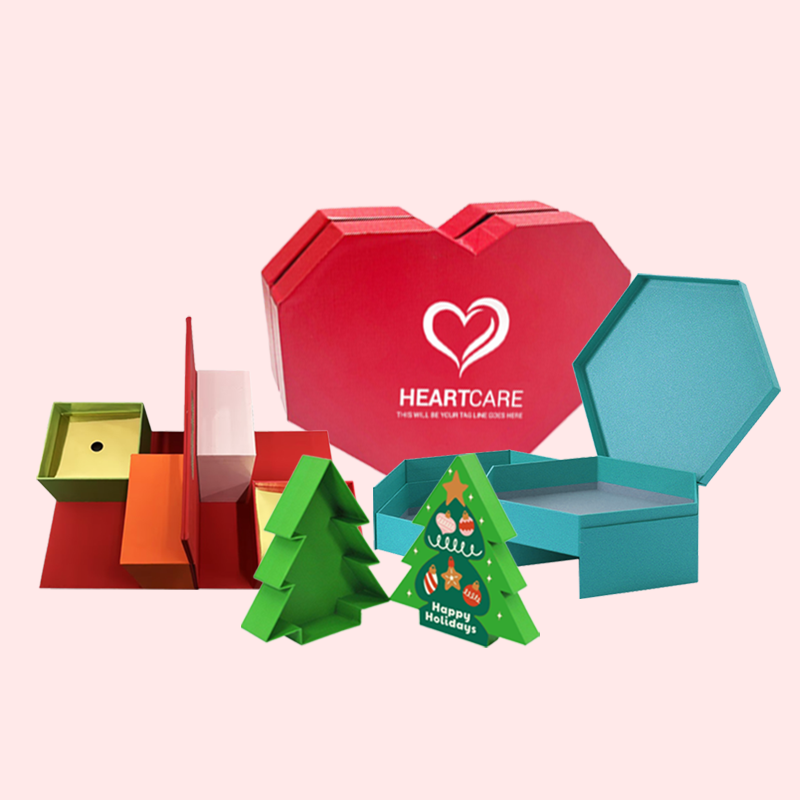Your product is amazing, but it arrives in a plain, generic box. This makes your brand instantly forgettable, losing you to competitors who create memorable unboxing experiences.
Custom packaging is a container designed specifically for your product and brand. It uses unique sizes, materials, colors, and logos. This creates a powerful first impression, protects your product, and makes your brand unforgettable, ultimately boosting its image and customer loyalty.
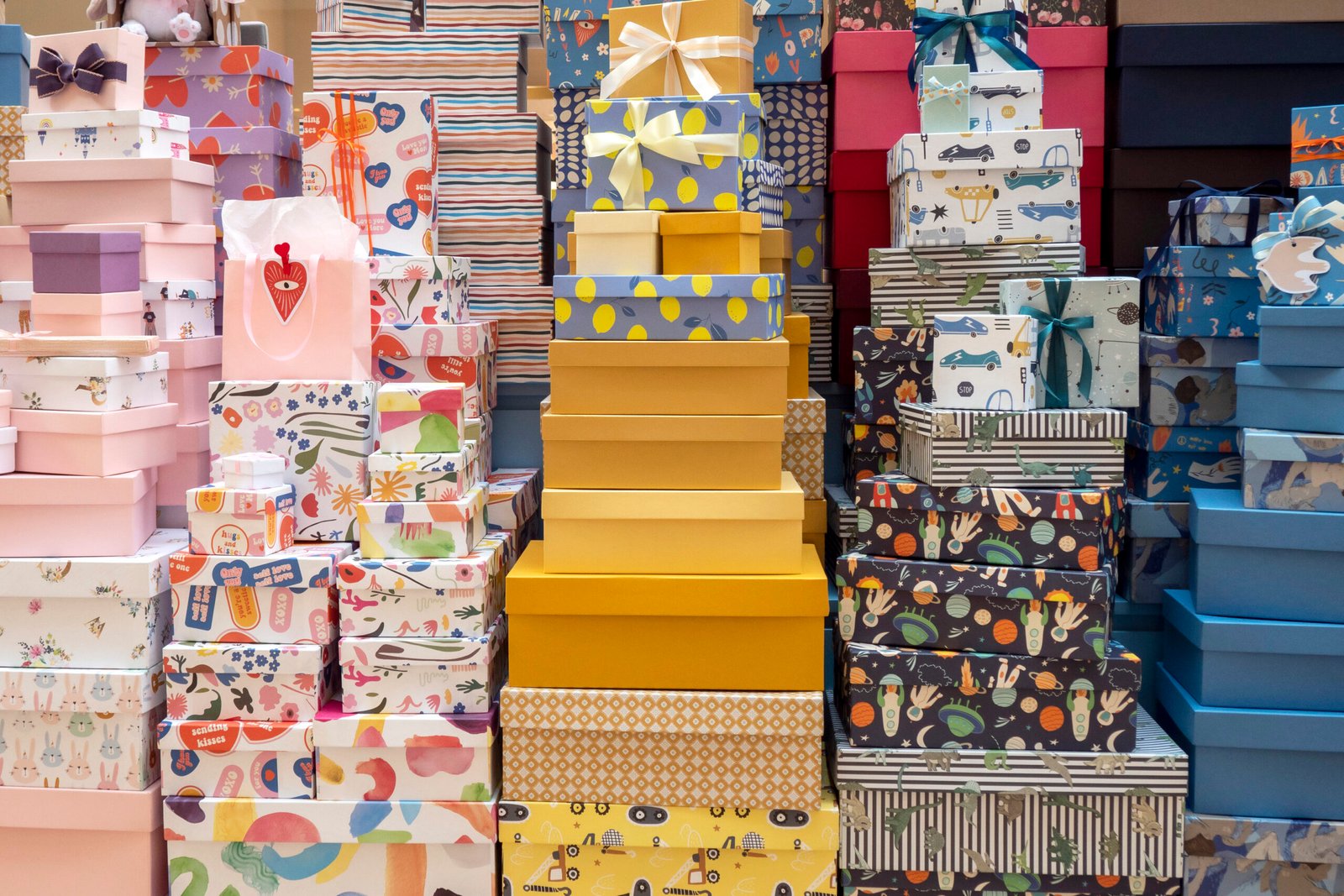
For over 16 years in the packaging industry, I've seen firsthand how a box can make or break a brand. It’s often the first physical touchpoint a customer has with your company. A great product in a poor package feels like a broken promise. But the right package can elevate the entire experience and turn a one-time buyer into a lifelong fan. So, let’s dive deeper into what custom packaging really is and how you can use it to build a stronger brand.
What does custom packaging mean?
The term "custom" gets thrown around a lot. Does it just mean putting your logo on a standard box? This kind of thinking can lead to big missed opportunities for your brand.
Custom packaging means creating a box or container from scratch, tailored to your product's specific needs and brand identity. It includes the exact dimensions, materials, colors, inserts, and protective features, going far beyond simply adding a logo to a ready-made box.
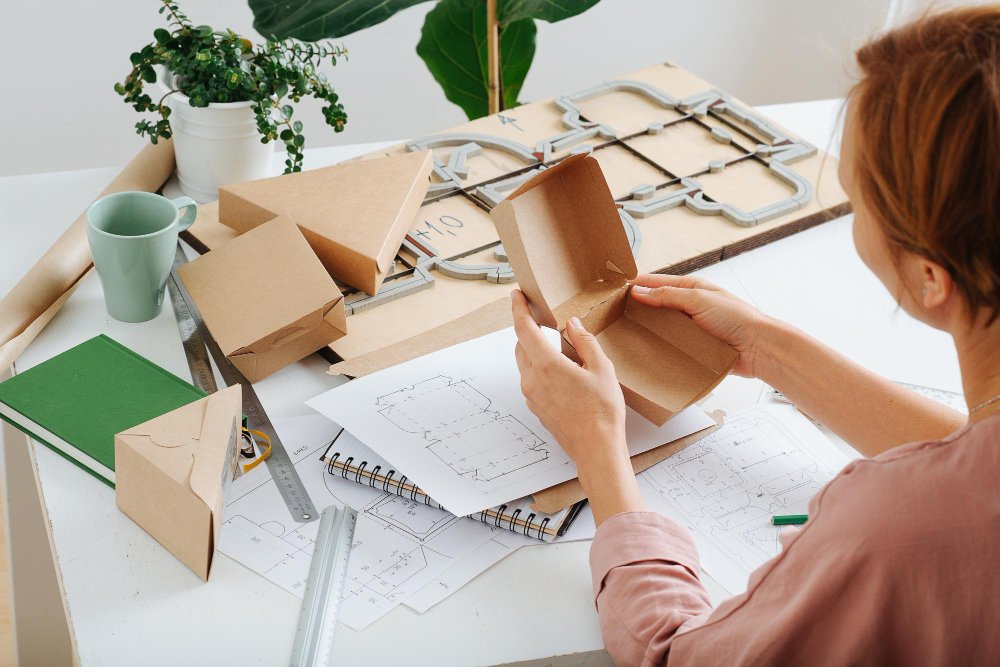
When my team and I talk about custom packaging, we're talking about a process that starts with your product. We don't just pick a box off the shelf. We design it with purpose. This involves several key steps. First is the structural design. We make sure the box fits your product perfectly. I remember a client who sold delicate, handmade ceramic mugs. Their products were often damaged during shipping. We designed a corrugated paper box with a custom-fit insert that held the mug securely in place. This simple change reduced their breakage rates by over 90%. Next is material selection1. Paper is incredibly versatile. We can use thick, rigid board for a luxury feel or natural kraft paper for an eco-friendly vibe. The choice of material says a lot about your brand before a customer even reads the text. Finally, there's the graphic design2, which brings your brand's story to life.
How does packaging promote brand image?
You’ve perfected your product, but it’s sitting in a plain brown box. A boring package can make even the best product seem uninspired, failing to grab customer attention.
Packaging is your brand’s silent salesperson. It’s the first thing customers see and touch. A well-designed package communicates your brand's quality, values, and personality, building trust and a positive image before the product is even revealed.
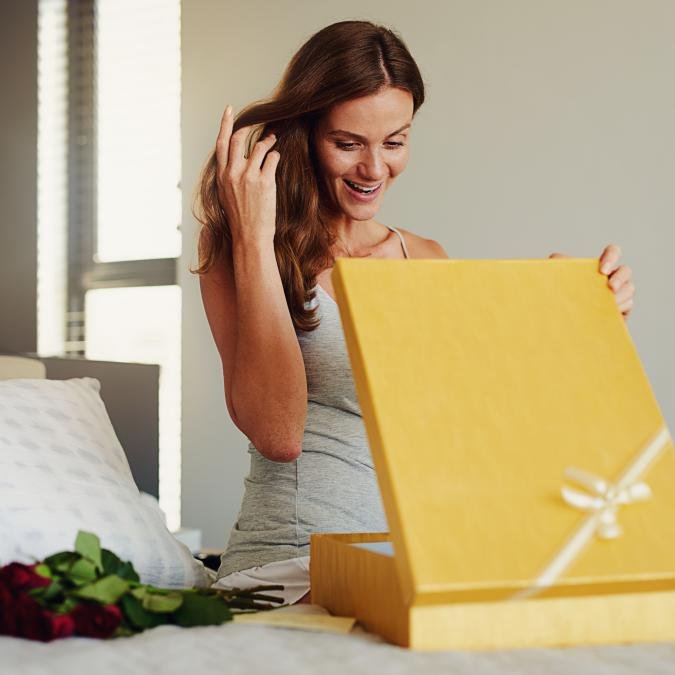
Your packaging makes the first impression3. Long before a customer uses your product, they interact with its container. This interaction sets their expectations. For instance, I worked with a startup selling organic skincare. We chose to use simple, unbleached paper boxes printed with soy-based ink. The minimalist design and earthy feel immediately communicated their commitment to natural ingredients and sustainability4. This built a strong brand image of being clean and eco-conscious. The quality of the packaging also reflects the quality of what's inside. A strong, well-constructed paper box suggests the product is made with care. If the packaging feels cheap or flimsy, customers might assume the product is too. This is where paper choice is critical; a thicker, higher-grade paper can feel just as premium as other materials but at a fraction of the cost. It's an investment in perception that pays off.
How can packaging design enhance brand identity5?
Your brand has a clear identity, but your packaging looks just like everyone else's. In a crowded market, this makes your products invisible on the shelf and online.
Packaging design enhances brand identity by consistently applying your logo, color palette, and typography. This visual consistency makes your brand immediately recognizable, builds familiarity, and separates you from the competition.
[^5]](http://gifts-pack.com/wp-content/uploads/2025/07/packaging-design-enhances-brand-iden.jpg)
Think about the world's most iconic brands. You can recognize them just by their colors or the shape of their packaging. That's the power of a strong brand identity5, and your packaging is the best tool to build it. Consistency is the most important rule. Using the same colors, fonts, and logo style across all your packaging creates a unified look. It helps customers find your products easily and builds a sense of trust and reliability. I always advise my clients to treat their packaging as a key part of their brand guide. Your packaging can also tell your brand's story. It can communicate whether you are a luxury, playful, or eco-conscious brand. We do this through a combination of materials, colors, and special finishes. For paper boxes, the options are almost endless. We can use different finishes and printing techniques to achieve completely different looks.
Design Choices for Different Brand Identities
| Brand Identity | Material Choice | Color Palette | Finishing Touches |
|---|---|---|---|
| Eco-Friendly | Recycled Kraft Paper | Earth Tones (Greens, Browns) | Simple, One-Color Print |
| Luxury | Thick Rigid Board | Dark Tones (Black, Navy) & Metallics | Gold Foil, Embossing, Matte Varnish |
| Playful & Fun | Coated Paper | Bright, Vibrant Colors | Glossy Finish, Fun Illustrations |
| Minimalist | Smooth White Cardstock | Monochromatic (White, Gray, Black) | Clean Lines, Debossing |
What are the benefits of custom packaging design?
You see custom packaging as just another expense on your budget sheet. You might be missing how it can actually save you money and improve your business in the long run.
The benefits of custom packaging are both financial and strategic. It offers superior product protection, lowers shipping costs by optimizing size, and creates a memorable unboxing experience that boosts customer loyalty and your brand’s reputation.
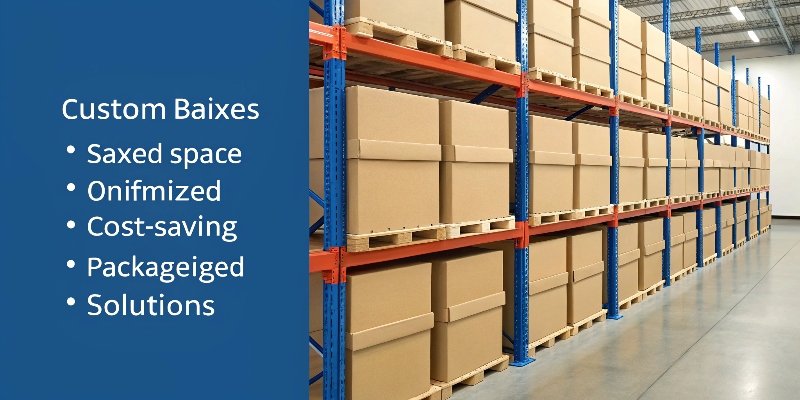
The most immediate benefit is better product protection6. A box designed for your product holds it snugly, reducing movement and preventing damage during transit. This is especially true for paper boxes, which can be engineered with inserts and supports for fragile items7. I've seen clients cut their return rates in half just by switching to a custom-fit box. This saves money on replacing damaged goods and keeps customers happy. Another major benefit is cost savings8 on shipping. Standard boxes are often too big, meaning you pay to ship empty air. A custom box is made to the exact dimensions needed, reducing its size and weight. This can lead to significant savings, especially when you ship in high volumes. Paper is a lightweight material, which helps keep these costs low. Finally, there's the impact on your brand. A unique, well-designed package creates a positive and memorable experience. It makes customers feel valued and excited about their purchase.
Conclusion
Custom packaging9 is not just a box. It is a vital tool that protects your product, reduces costs, and builds a powerful, lasting connection between your customers and your brand.
-
Learn about the impact of material choice on brand perception and product safety. ↩
-
Discover how graphic design can tell your brand's story and attract customers. ↩
-
Learn why the first impression matters and how it can influence customer perceptions and loyalty. ↩
-
Discover how sustainable packaging choices can enhance your brand's eco-friendly image. ↩
-
Understand the connection between packaging design and brand identity to stand out in the market. ↩ ↩
-
Discover how tailored packaging can prevent damage and ensure your products arrive safely. ↩
-
Learn about effective packaging strategies to protect fragile products during transit. ↩
-
Find out how custom packaging can reduce shipping costs and improve your bottom line. ↩
-
Explore this resource to understand how custom packaging can elevate your brand's image and customer experience. ↩

